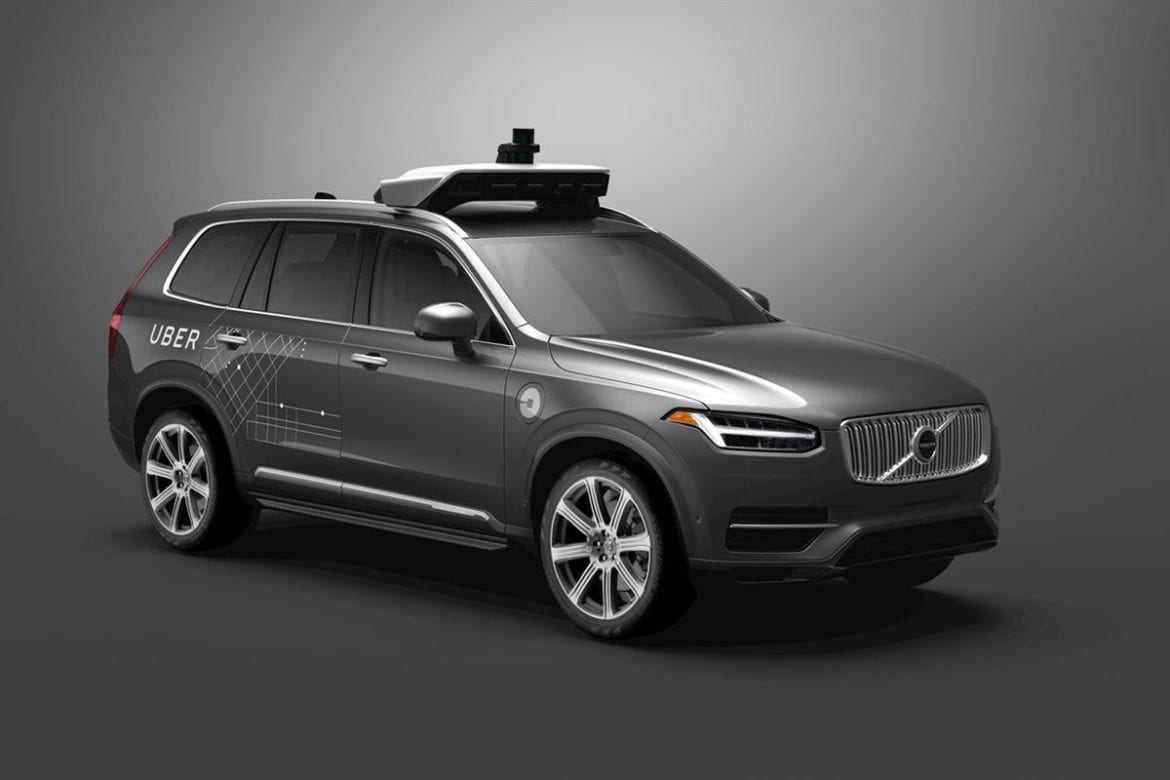After the tragic death of an Arizona citizen back in March at the hands of an Uber autonomous car, the peer-to-peer ridesharing network company could begin testing for their autonomous vehicle program once again.
In March of 2018, an Uber autonomous car struck and killed a 49-year-old Arizona pedestrian during a seemingly routine test run. Following the incident, Governor of Arizona Doug Ducey suspended the ridesharing company’s ability to test autonomous vehicles on public roads in the state.
After police released footage of the crash, which you can view below, Ducey sent a letter to Uber Chief Executive Dara Khosrowshahi, stating that he found the footage “disturbing and alarming, and it raises many questions about the ability of Uber to continue testing in Arizona.” Ducey went on to call the crash “an unquestionable failure.”
In spite of the horrific incident just a few short months ago, Uber has announced that they intend to resume the testing of their autonomous vehicle program, this time with safety as their utmost priority.
Prior to resuming testing, Uber filed a request with the Pennsylvania Department of Transportation (PennDOT) to test their self-driving vehicles in Pittsburgh. While Uber is not required by law to secure permission from PennDOT to resume testing, they have indicated that it will await approval before moving forward.
The PennDOT official webpage for autonomous vehicle testing states:
“There are no current laws, regulations, or policies in effect that require HAV Testers to report HAV testing activities to PennDOT, so the number of testing companies, vehicles, and locations is not known.”
In order to ensure the safety of all civilians on the road, Uber will be implementing a number of changes to their testing program. For starters, every Uber autonomous car will require two operators as opposed to one. In an official statement, the ridesharing company explained:
“Today, we operate our self-driving vehicles with two Mission Specialists in the vehicle. The Pilot, or operator behind the steering wheel, is solely focused on ensuring safe operation of the vehicle, while the Co-Pilot, the second operator in the right front seat, is tasked with monitoring and annotating the behavior of the self-driving system via a laptop.”
Future Uber autonomous cars will only be able to operate during daylight hours and in dry weather conditions. Uber will also limit the speed of their autonomous vehicles to 25 mph for each test. During testing, Uber will not offer rides to any passengers. In addition to these changes, Uber has reported that have worked to improve object detection and classification, reduce latency in their autonomous driving systems, and have since made safety a part of their hiring and selection process.
While it’s clear to see that Uber values the importance of autonomous technology as it may be necessary for their future profitability, gaining back the trust of the public following the incident earlier this year will not be an easy task. Until testing resumes, we’ll just have to hope that Uber has learned from their mistakes as they work to eliminate the potential for unnecessary casualties moving forward.
Source: Reuters
